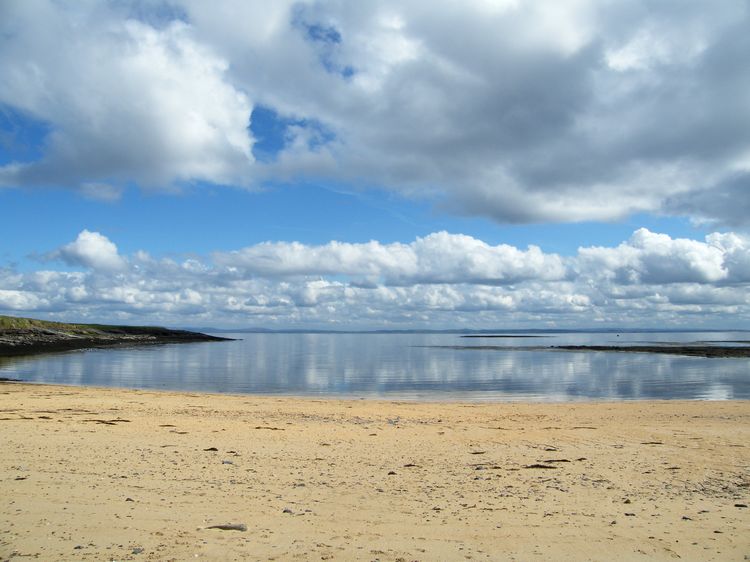Have you ever wondered how to practice mindfulness but never really knew where to start? Maybe you think mindfulness isn’t for you? Well rest easy! Mindfulness is for everyone. Here is a simple 5 step guide showing not only how to practice mindfulness, but how to maximize the benefits. But before looking at how to practice mindfulness, lets look at a definition, from the oxford dictionary:
“a mental state achieved by concentrating on the present moment, while calmly accepting the feelings and thoughts that come to you”
1: Be Present – Here and Now
Have a seat, and come to rest in an upright, relaxed position. Be aware of the feeling of your body on the seat. Other than being comfortable (not too comfortable!) there is no specific position for your hands, although gently resting on your lap is good. Allow any tension to slip away. Start with your facial muscles, your neck and shoulders, your back, legs and feet. We could think of this step as as someone testing a microphone before speaking. It calls for attention, and brings focus to the present moment.
A nice analogy to help us understand the purpose of this step is to think of a satellite navigation system in a car. Before we begin, we first need to determine where we are right now.
2. Focus on Breath
Focusing on breath is a highly effective way to bring attention to the present moment. Conscious breathing leads to a deeper, more regular pattern, which in turn relaxes us further. A nice pattern would be breathing in for the count of 4, holding for 4, breathing out for the count of 4 and holding for 4. This is known as square breathing or box breathing, and instantly calms us. If holding for 4 is uncomfortable, hold for 2.We are now present and calm in body and mind. So this step is really about setting the tone for what follows.
This step is like setting the parameters in our satellite navigation system. We select destination, choose to go local or express, avoid traffic or tolls etc.
3. Be As One With Each Breath
Steps one and two were designed to bring our body and mind to rest. Perfect! Well, not quite. It was perfect in the moment we did it; but that moment has now passed. Our mind will automatically generate thoughts, because thats what the mind does when we are not aware. The strays thoughts could be along the lines of: ‘Am I doing this right?’ ‘This is silly’. ‘It’s not working’. So, to remain in the present moment, we need to maintain focus on the breath. If a thought arises and we become aware of it, simply return to focusing on breath. Allow the thought to slip away.
To compare this step with our navigation analogy, we set off, ready to follow further prompts. If we have chosen an express route and we are offered a turn on to a local route, we simply ignore the prompt and move on. Driving will recalculate the route, just as returning to breath will hold our focus on the present moment.
4. Be An Observer
When we learn how to practice mindfulness, we learn to calm our mind, so that we can start to become aware of which irrelevant thoughts we entertain most. While it is importance to be aware of the thoughts as they arise, we should not entertain them while practicing mindfulness. This comes later, when we learn how to practice mindfulness in an advanced way. For now, just be aware of what thoughts crop up, and this way, you will start to notice patterns over time. Being the non-judgmental observer of our own interruptive thought patterns is an incredibly effective way to eventually maintain motivation and increase performance.
In our navigation analogy, imagine having to deal with an unwanted prompt every time you pass a coffee shop? This is not just annoying, but would detract from the primary task, which is driving towards the destination. So we make a note of the pattern of unwanted prompts, and then ignore them by concentrating on breathing.
5. Bring Mindfulness With You
After a period of time, lets say 5 minutes to begin with, we slowly end our practice of mindfulness. Now the trick is this: if we take benefit from those 5 minutes only, we haven’t really changed much in the overall scheme of things. So, to get maximum benefit, we need to gradually start to take this mindset into daily living. Obviously we cannot concentrate on breathing and pushing thoughts away if we have busy schedules. But here’s the secret: when we are busy, we should be focused only on what it is that we need to do. We all have a tendency to over-think. When completing tasks, we should only be focused on what that particular task is asking of us at any particular moment (the present moment).
We can take inspiration from how we concentrated on breathing while practicing mindfulness. Through time, we learn to shut out all other noise and cluttered thinking. We do this by returning to the observer and making necessary changes, based on what the observer noticed during mindfulness.
To look once again at the navigation analogy, by this stage we have reached our destination. It is at this point that we remember the pattern of annoying prompts. So we go through the settings of the navigation system, looking for the setting that switches off notifications for coffee shops. In doing so, we ensure that the next time we drive that road, we are free to concentrate only on driving that road. That in essence is what keeps us calm, and keeps us focused on the present moment.
Helpful Tip:
Finally, if all of that seems a little too much, then try this. Close your eyes and take just one deep conscious breath. If you can do that (you have already been doing it all of your life, but here you are consciously doing it), then you have just learned how to practice mindfulness. Slowly, with each passing day, you can build from one deep conscious breath to the five minute practice.
More Information/help:
For more detailed mindfulness coaching, or to introduce this practice to your workplace, please use the contact page. On-site or video call mindfulness workshops available by Samuel Roger Holmes. Special discounts for schools, not-for-profit organizations and veterans groups.




